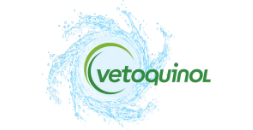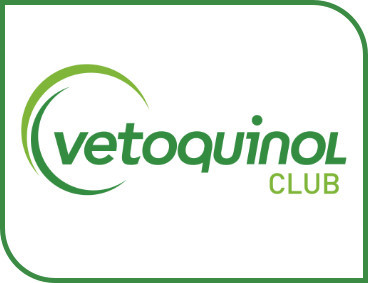In this section, we'll cover the different application methods and the various advantages and disadvantages for each one.
SPRAYING VERSUS FOAMING
Cleaners and disinfectants may be applied to surfaces or areas as a spray or as a foam. Each method has its own unique advantages.
Spraying
- Advantages: Provides better penetration on porous surfaces.
- Disadvantages: Less contact time and surfaces may dry faster.
Foaming
- Advantages: Offers better contact time on smooth surfaces.
- Disadvantages: Less penetration on porous surfaces and requires a stronger dilution rate.

EQUIPMENT
For the selection of equipment used to clean and disinfect, many considerations must be made.
- Size of the room, cages or kennels
- Presence of a floor drain
- Surface types
- Application methods (foaming, spraying, mopping)
Choosing the right tool for the job
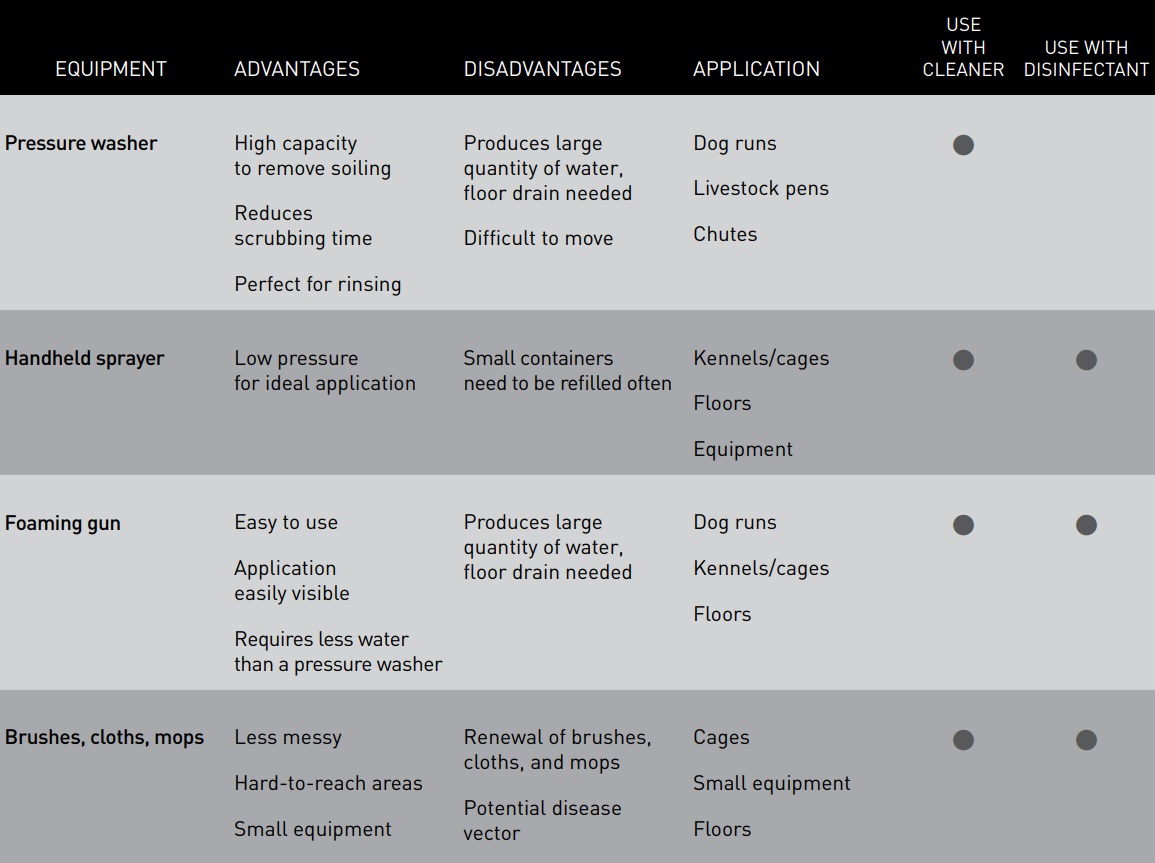
DEDICATION OF EQUIPMENT BY RISK ZONE
To prevent the spread of contagious disease within the facility, equipment can be colour-coded and reserved for use only in specific areas, for example the surgery room, isolation ward, treatments rooms, kennels, and runs.
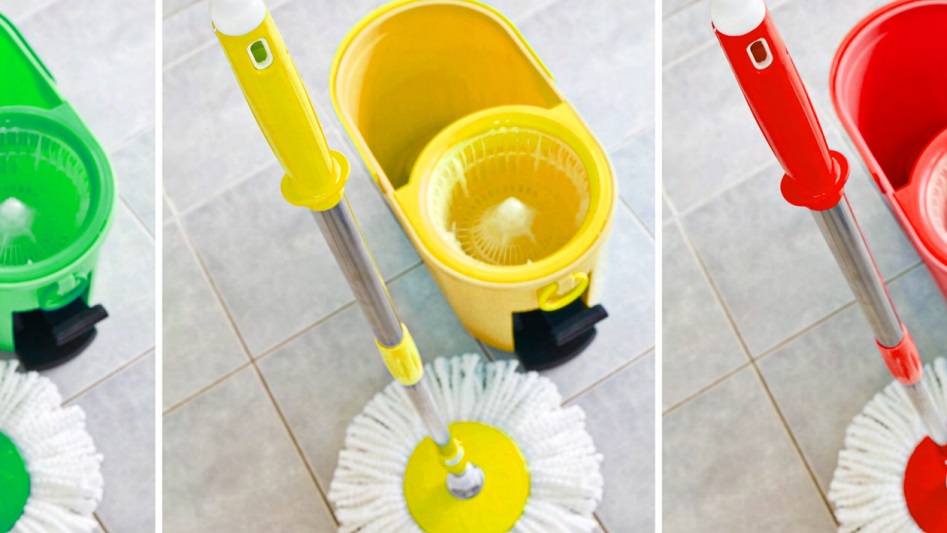
FOOTWEAR DISINFECTION
Pathogens can be easily transmitted by footwear while walking from one room to another, and from visitors tracking in contamination from unknown sources. Footwear disinfection can be done using a footbath, a sponge mat or by spraying on disinfectant. Use signs to identify areas for footwear disinfection.
Virkon® has been proven in independent trials to be the most efficient disinfectant for foot baths when used according to recommendations.
Easy steps to disinfect footwear
- Fill a suitable container or a sprayer with a solution of 1% Virkon®. (To create a 1% solution [1:100], add a 5g Virkon® tablet to 500 mL or add 50 g of Virkon® powder to 5 L of water. Stir until dissolved.)
- Ensure footwear is free of visible mud and manure.
- Dip footwear into the foot bath, stand on sponge mat or spray soles.
- Replace disinfectant solution every 5 to 5 days, or when dirty, or when the pink colour is lost.
Next ► Vetoquinol cleaning and disinfection products
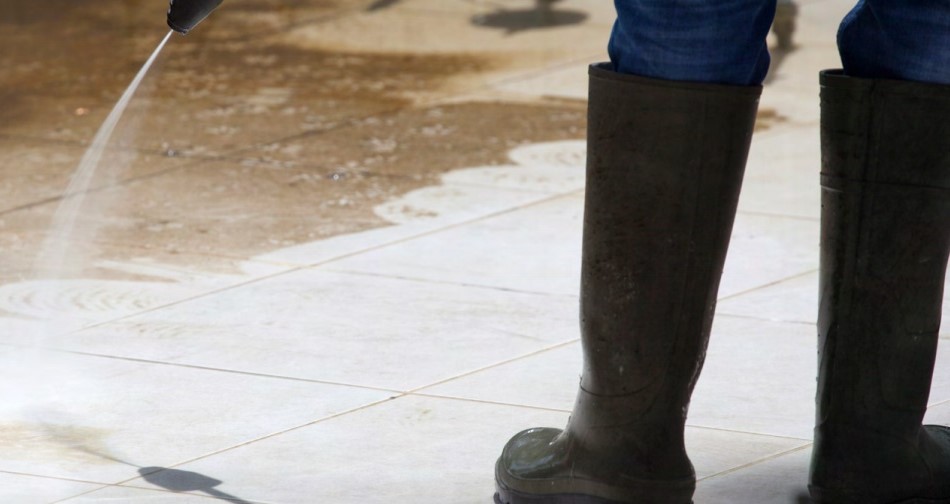
TABLE OF CONTENTS
1 ► PRINCIPLES OF CLEANING
Biofilm
Mineral deposits
What is a cleaner?
Selection of an appropriate cleaner
2 ► PRINCIPLES OF DISINFECTION
Sensitivity to disinfectants
All disinfectants are not created equally
3 ► CLEANING AND DISINFECTION STEPS
Removal of organic material
Cleaner application
Disinfection
4 ► CLEANING AND DISINFECTION STEPS FOR ANIMAL HOUSING
Runs and kennels
Cages
Large animal stalls
Calf crates
5 ► RISK ZONES WITHIN THE CLINIC
Low risk
Intermediate risk
High risk
6 ► APPLICATION METHODS
Spraying versus foaming
Equipment
Dedication of equipment by risk zone
Footwear disinfection
7 ► VETOQUINOL CLEANING AND DISINFECTION PRODUCTS
Vetoquinol Cleaners
Biosolve™ Plus
Biosolve™ AFC
Vetoquinol Disinfectants
Virkon®
BioSentry® 904
Clinicide
8 ► FREQUENTLY ASKED QUESTIONS
9 ► BIOSECURITY REFERENCES
QUIZ ► TEST YOUR KNOWLEDGE
Vetocontact
Access restricted to veterinarians
